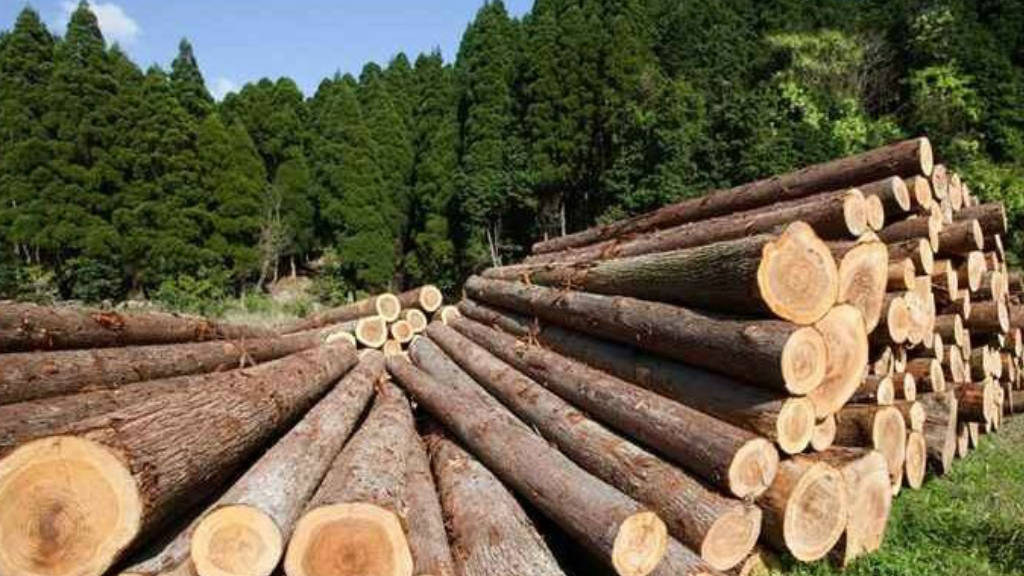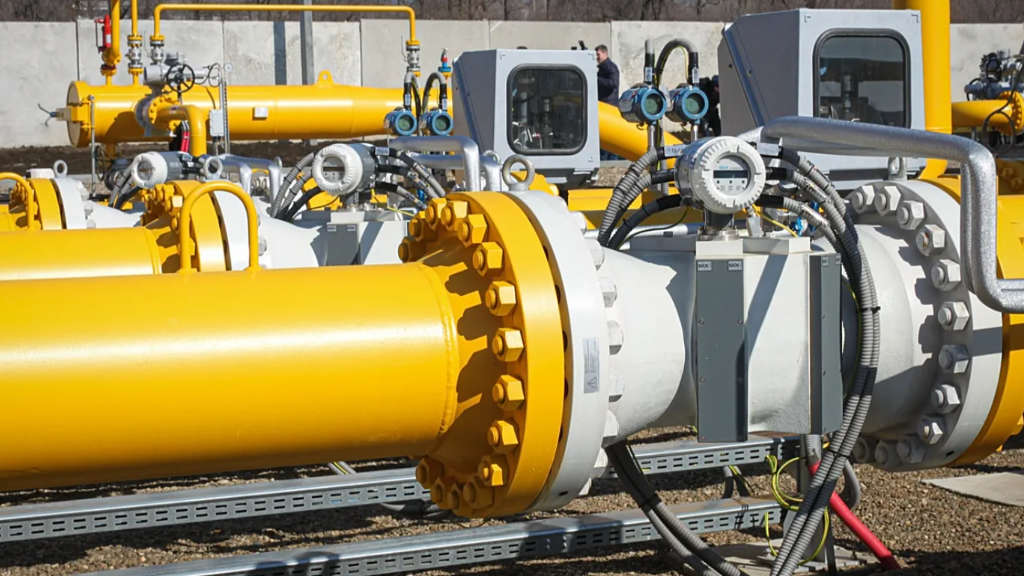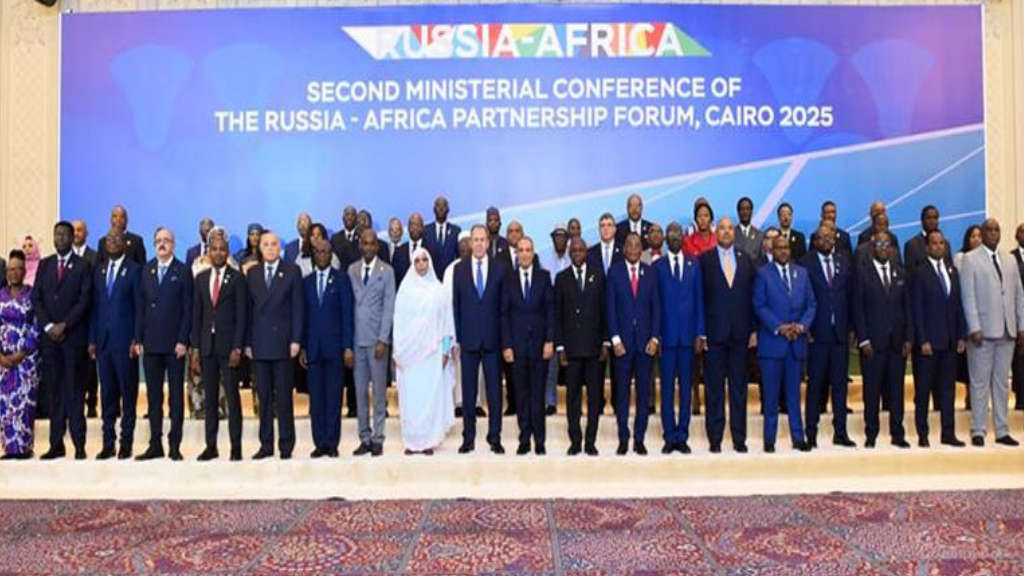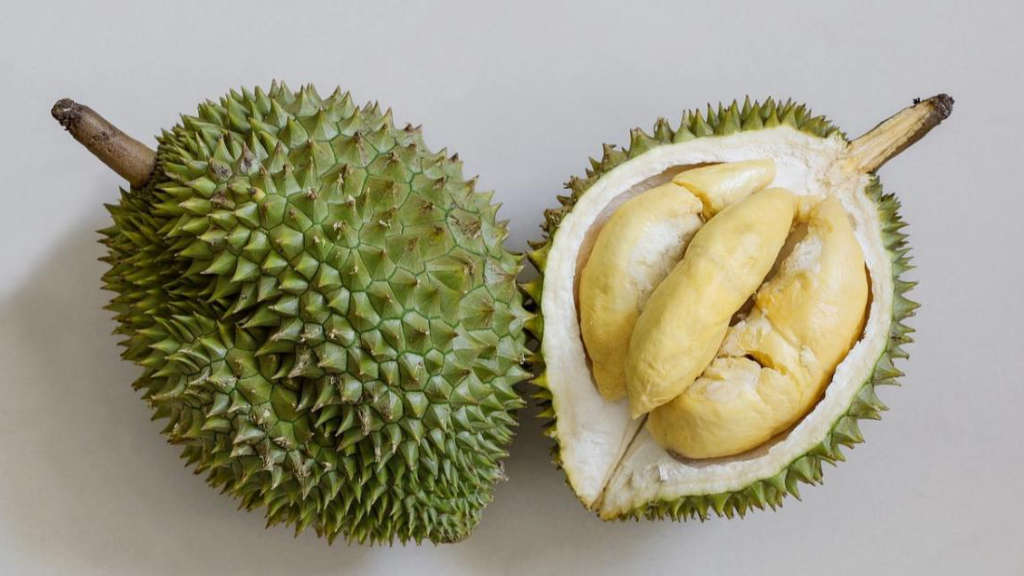The St Petersburg International Mercantile Exchange (SPIMEX) has said it will set a new record for the sale of timber and its processed products in 2024 of around 5.3 million to 5.5 million cubic meters, amounting to about ₽10 billion (US$97.2 million) in monetary terms, SPIMEX Managing Director Alexei Ryzhikov has said, in a year end assessment. He stated that “The number of participants and their clients in the timber section has reached nearly 4,000, making it the leading section on SPIMEX. By this metric, it has even surpassed the oil products section.”
Russia is the world’s third largest producer of timber at about 186.7 million cubic meters of wood per year, mainly coniferous-softwood timber. Russia has dense forests and exports a large portion of its forest products to Japan, China and previously, the European Union. First is the United States, which produces mainly softwoods and chipboards, followed by China, which produces softwood, hardwoods, and bamboo.
Ryzhikov said that the primary driver for the development of exchange trading in Russia’s forestry industry products has been government measures aimed at decriminalizing the forestry sector, he said. The corresponding state program was launched on January 1, 2022. Over the following two years, forestry enterprises actively joined the exchange, and now 201 forestry enterprises trade on SPIMEX under the state program for selling timber through subordinate institutions. Since 2023, enterprises of the Federal Penitentiary Service (FSIN) have also started participating in exchange trading, with 28 FSIN institutions currently selling their products via the exchange.
“Other subordinate institutions not affiliated with Rosleskhoz [the Federal Forestry Agency] or FSIN have recently joined, including nine educational institutions related to the forestry sector. Since last year, some commercial forestry enterprises that previously only purchased timber on the exchange have started selling their products on SPIMEX. Their number is growing, and negotiations are underway to register several major private companies on the exchange. We hope that next year will mark a new phase of development in terms of the structure of participants in timber trading,” he said.
Krasnoyarsk Territory remains the leading region in terms of timber sales. The Sverdlovsk region has taken second place this year, surpassing Udmurtia, which is now third. They are followed by the Tver region, Altai Territory and the Irkutsk region. Exchange trading now covers virtually the entire territory of Russia, Ryzhikov said. “Over the years, forestry legislation has significantly evolved in favor of exchange trading. The perception of market participants has also changed: SPIMEX initially seemed like a complex infrastructure platform to them, but now most have adapted and consider exchange trading to be simple, transparent and profitable. SPIMEX currently handles 85% of timber and material sales,” he said.
SPIMEX can confirm a significant effect from the program to decriminalize the forestry sector, where previously, illegal logging had been a problem. Ryzhikov said that “During this period, the forestry industry has earned more than ₽3 billion. Rosleskhoz has successfully created an excellent system for timber accounting and control, LesEGAIS, which will be replaced by the FGIS LK [Unified Federal State Information System for Timber] on January 1, 2025. This system tracks the origin of every cubic meter, from planting to finished product, and controls the transfer of ownership and the movement of Russia’s timber products.”
Further Reading
Russia’s Khabarovsk Begins Exports Of Hardwood Veneer To India





